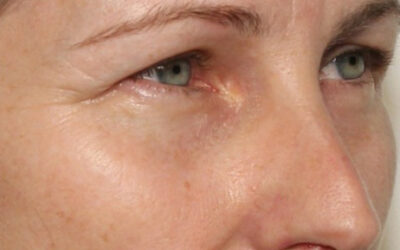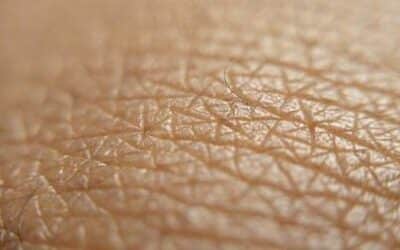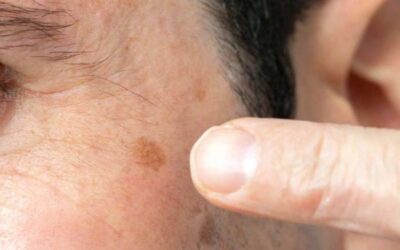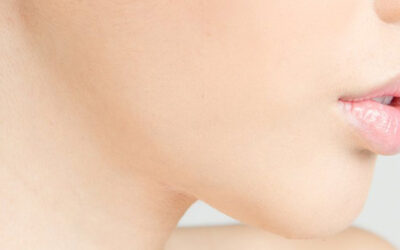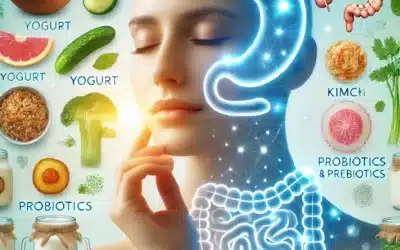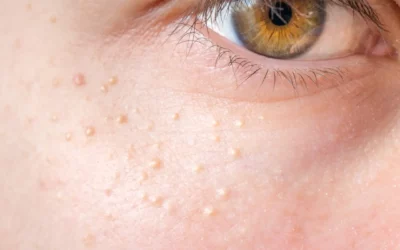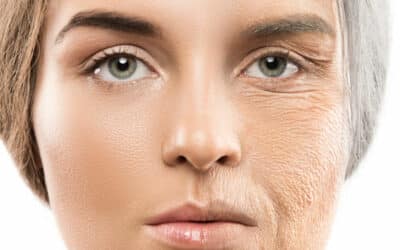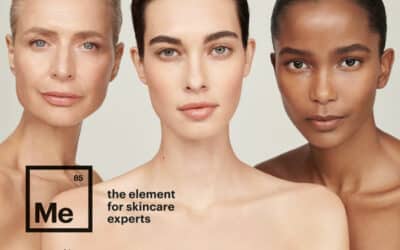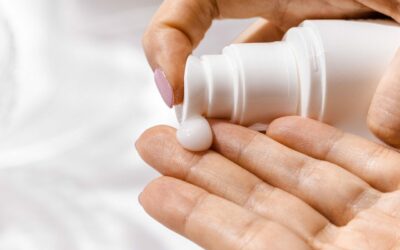Wake up your Winter Legs
Hidden beneath tights, socks, activewear and trousers for the last few months, our legs are about to be unveiled for summer. Dryness, itchiness, an extra dimple or two of cellulite, and a good dose of puffiness around the ankles are often what we are confronted with after having forgotten about our legs during winter. Start with a bit of me-time each day and quite quickly you will revive the tired, lacklustre appearance of your legs.
Our legs perform so many daily activities for us, including, walking, standing, bending and simply supporting the trunk of our body. Our leg muscles act as a second heart, and their movement helps blood flow upwards through our veins and heart. By having good blood flow and circulation of our lymphatic system it means we will have a healthy distribution of nutrients, oxygen, stable body temperature, and a balanced pH throughout our body, all of which assist the overall health of our body.
To assist in maintaining good leg health and to keep our legs looking good, there are a few simple home care tips and in-clinic treatments we can enjoy.
Avoid standing or sitting for long periods of time. Take a break, get up, move and improve your circulation with a little physical activity. Climb the stairs instead of taking the elevator, take a short walk, and set your watch to move around the house or office every 20-30 minutes
Keep your weight under control. Knees and hips are usually affected with osteoarthritis, which is linked to obesity. Varicose veins may also be a by-product of excess weight
Elevate your legs. This can be simply done when you are sitting in the lounge, lying in bed, or using a leg rest under your desk. If your legs are particularly tired and puffy perhaps after an exhausting day, lie on the floor with your legs stretched up the wall for as short a time as 5 minutes.
Stretching and exercising. To maintain good health, regular exercise keeps us healthy. To assist with good blood flow stretching after exercise is imperative for healthy legs. Swimming, walking, hiking and running are great exercises to improve both leg and body circulation. Step-ups, squats, lunges and calf raises are good leg sculpting exercises.
Enjoy a cool bath or shower. After a long day on your feet or post-exercise, a bath with Epsom salts or a cooler shower will be more beneficial for healthy legs rather than extended exposure in saunas or hot baths which will cause veins to dilate and induce swelling.
Wear compression stockings. Particularly when flying compression stockings will assist with compressing and supporting veins which will help to promote normal blood flow.
Drink water. Drinking at least one litre of water per day keeps the body hydrated and helps to flush out toxins from the body which can contribute to the appearance of cellulite.
Lymphatic Massage. Drainage of the lymph system whether it be manually with a hands-on massage or with the assistance of a pressotherapy system will be extremely beneficial to keeping the legs feeling and appearing more slender, reducing the appearance of cellulite along with the more rapid elimination of lactic acid build-up from exercise.
Dry Body Brushing. Each day before showering the addition of dry body brushing over the entire body and not just the legs will help to stimulate the lymphatic system, which helps rid the body of toxins. This, in turn, assists in the reduction in the appearance of cellulite. Dry body brushing will also stimulate the body’s natural oil flow and will reduce some of the superficial dryness of the skin.
Topical Nourishment. After dry body brushing and showering the application daily of a rich balm containing ingredients such as glycolic acid and vitamin A will reduce dry, itchy skin and stimulate the cellular turnover giving a hydrated and glowing appearance on the legs. This is also a good time to apply sunscreen when going outdoors or tanning milk.
Sixty different bones from your toes to your waist make up the legs. If you are diligent in taking 10,000 steps per day, you will walk 3,000km per year. Our legs perform many important functions every single day. Look after them internally and externally and they, in turn, will look after you.

